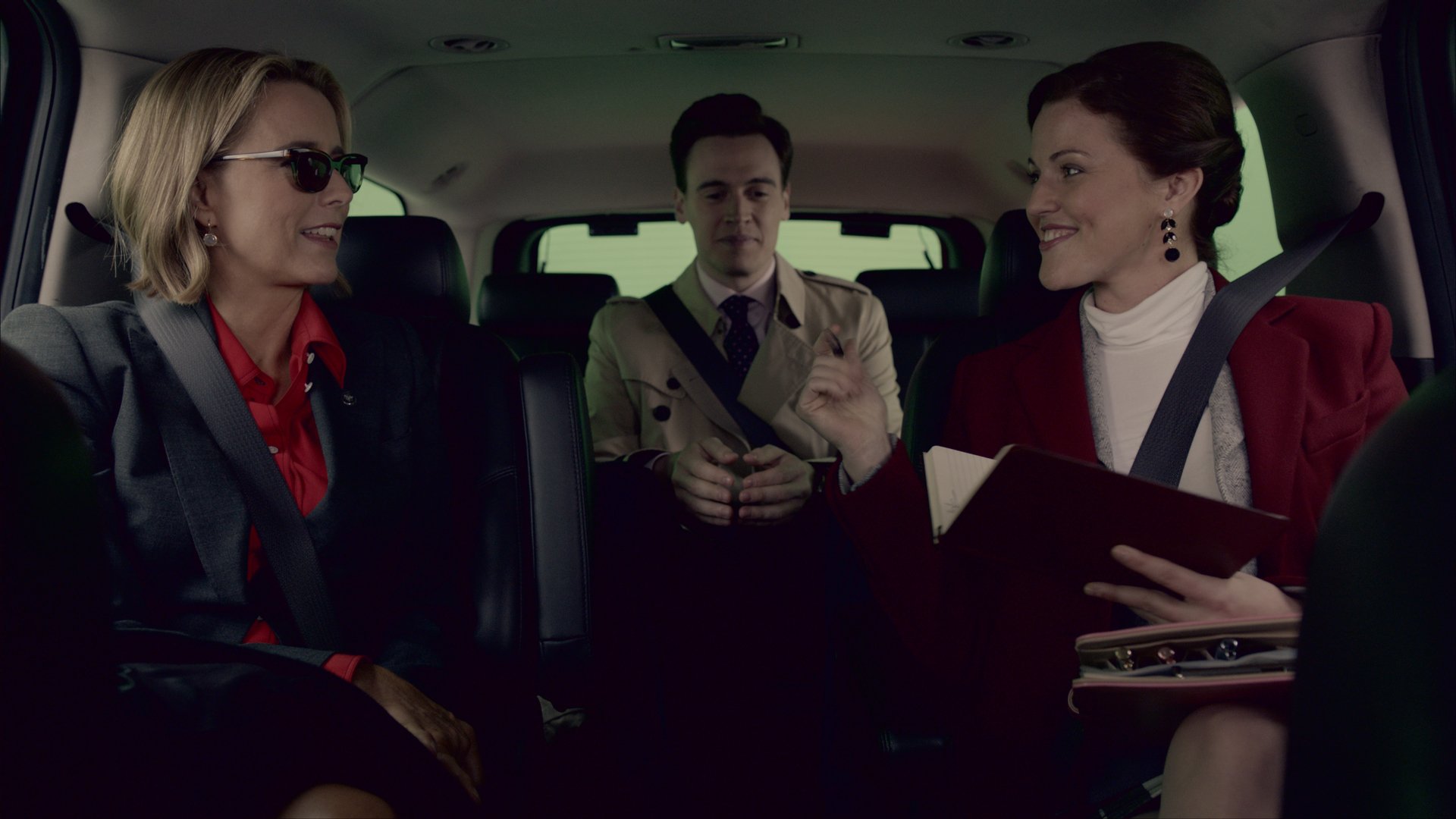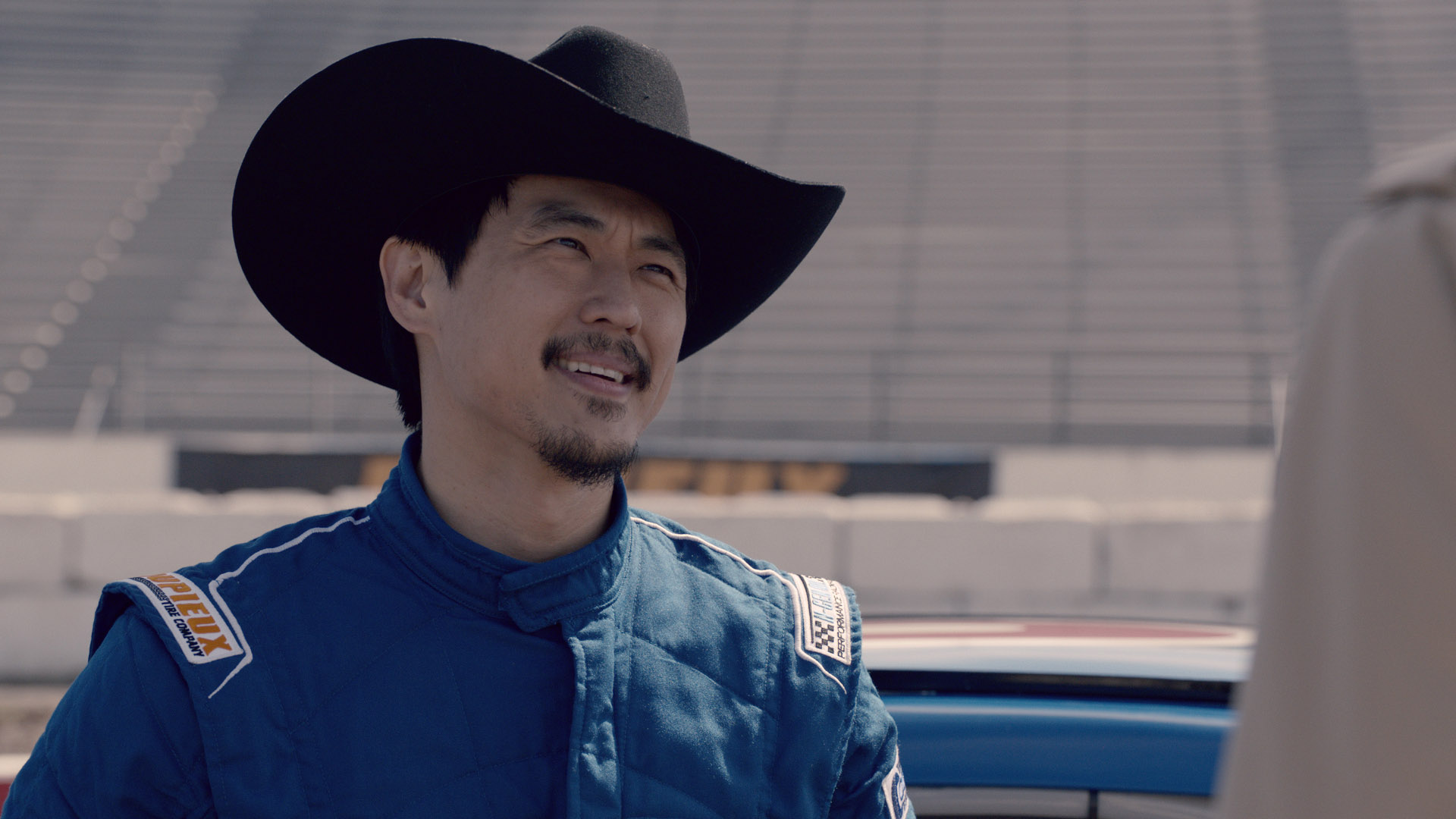For the majority of the scene (looking this direction, there’s a relight for the reverse using the same gear arranged slightly differently) this came down to using two lights and a small number of modifiers.
The key light is an ARRI 2K tungsten fresnel fired into a large white bounce card (showcard, I believe, in this case), and the bounce source is cut with a single 18x24” solid. Then to create the light slash on the back wall I used an ARRI 300 tungsten fresnel and its barn doors, unmodified, to land the highlight exactly where it needed to be.
When we dropped back for Cat’s exit I added another bounce source powered by a dimmed ARRI 650 with 1/4 Straw gel clipped to the light in order to pick up her shadow side as she leaves the main area of action.
And that’s all there was to it! A lot with a little.
Many thanks to my gaffer Minu Park KSC and my grip Charlie Hager. Walnuts was directed by Jonas Ball and produced by Sarah Jo Dillon. The music in the above clip is by Tristan Chilvers.









